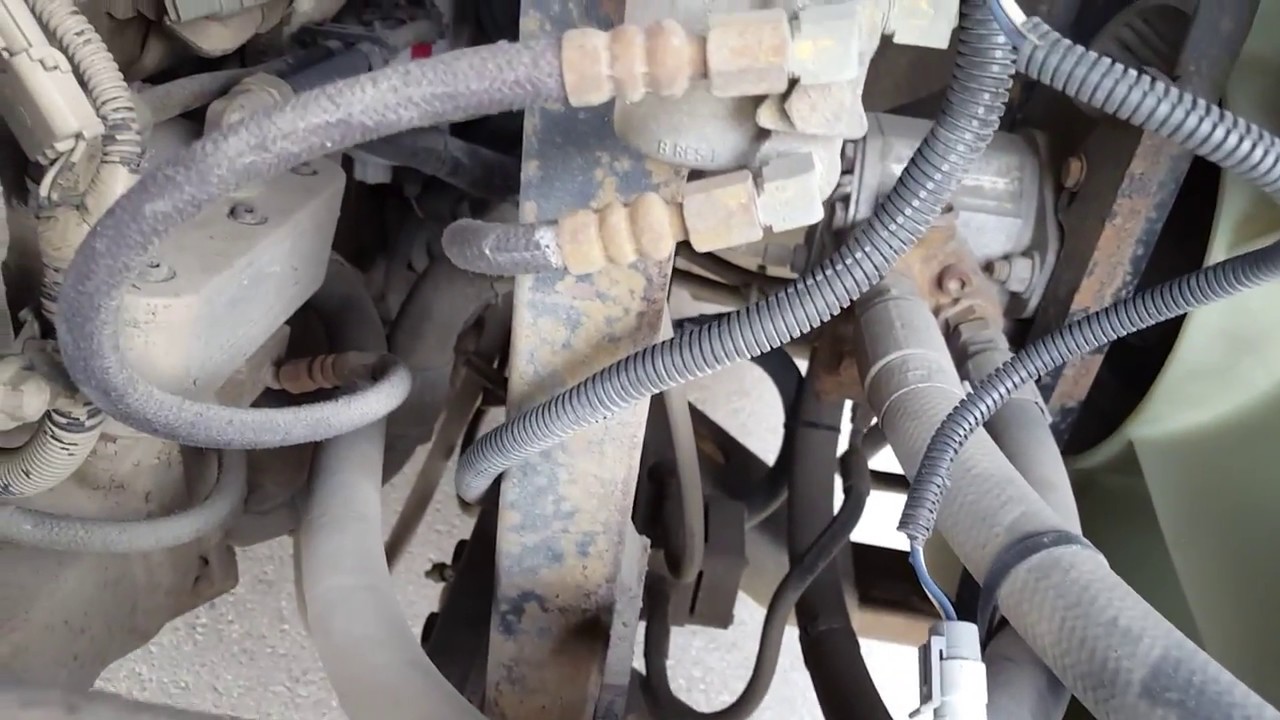The Cummins ISC 250 horsepower diesel engine has performed well in our fleet. I can’t pinpoint any disastrous failures through the years. There were issues after several years but maintenance related…. namely emissions that needed cleaning up. The diesel in this video is a 2002 in one of our oldest buses that are going for sale soon. But maybe not… since we’re talking about needing this bus and another unit with the same specs to back up our bad luck with the International diesel engines that are proving to be very unreliable.
A sixteen year old bus that’s never had to be rebuilt is a good sign of quality engineering. Credit goes to Cummins for designing a diesel engine that lasted without major repairs. I think of what our fleet would have been like with all Cummins power. Cummins deserves to be successful producing a reliable diesel engine that provides quality and long term operation. The only weak spot on the ISC engines is the fuel system which is a module containing smaller modules to control injection.
It took several years for small engine code problems to exist leading to the fuel module replacement. This was not cheap but spreading out this expense over a long period of time is manageable. The CAPS (Cummins accumulator pressure system) has an accumulator that provides pressure to a distributor pump that sends high pressure fuel to each injector. The engine driven mechanical fuel pump (moves fuel from the fuel tank to the accumulator). This system does a lot coming from one component so there is more of a chance that something could go wrong like a bad sensor or a drive coupling etc.
We have ordered 3 new International pusher buses with an ISL Cummins diesel engine with 300 horsepower. The extra 50 HP will give that extra lift for our 2 sports run buses that go over the Coquihalla Hwy in the winter. There will also be a Proheat X30 diesel coolant heater on board to keep the system up to temperature. Over the years we know what to include on a new bus looking at past mistakes. The main objective on today’s diesel engines is to build up engine temperature quickly to fight the build up of emission residue that can diminish performance.
The priority in our fleet operation is to keep on top of parked regenerations which requires the engine software to complete properly. This means a schedule and discipline on our part. For this 2002 Thomas pusher with the ISC Cummins there are no emissions to worry about which is a huge advantage for us. The cost to repair is much lower and there are less worries about maintaining the intake, exhaust and fuel systems unlike the 2007 and newer diesel engine models. We will keep adapting and changing our maintenance system as time goes on….that’s the truth.







